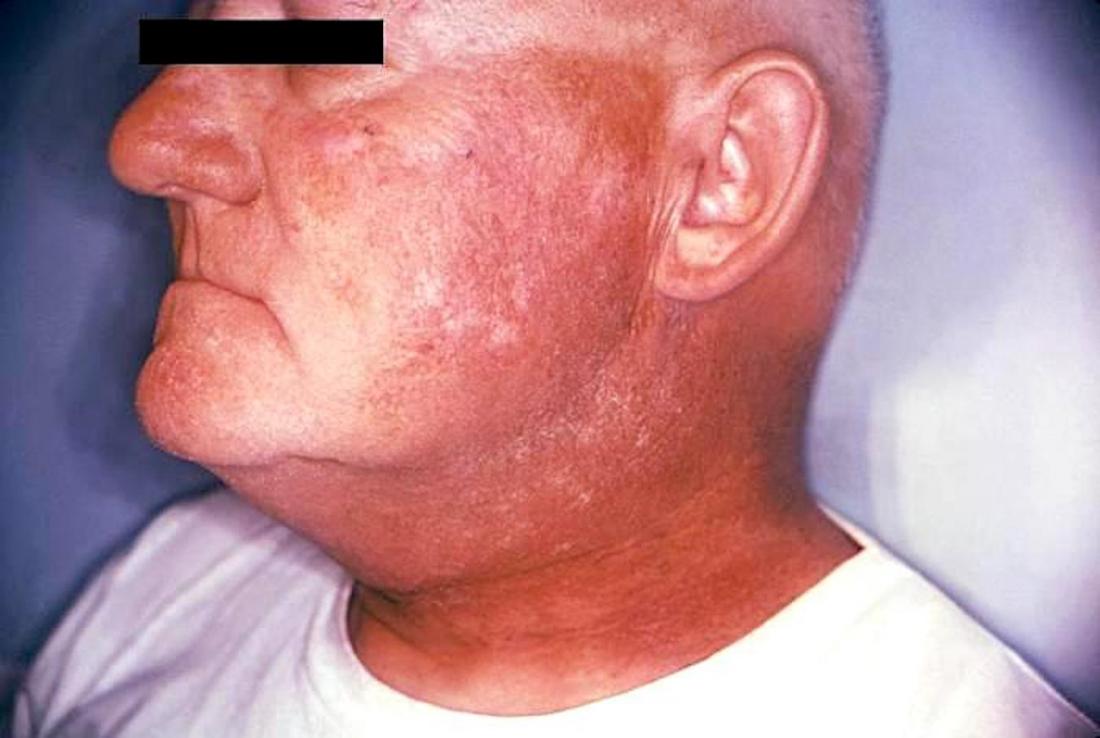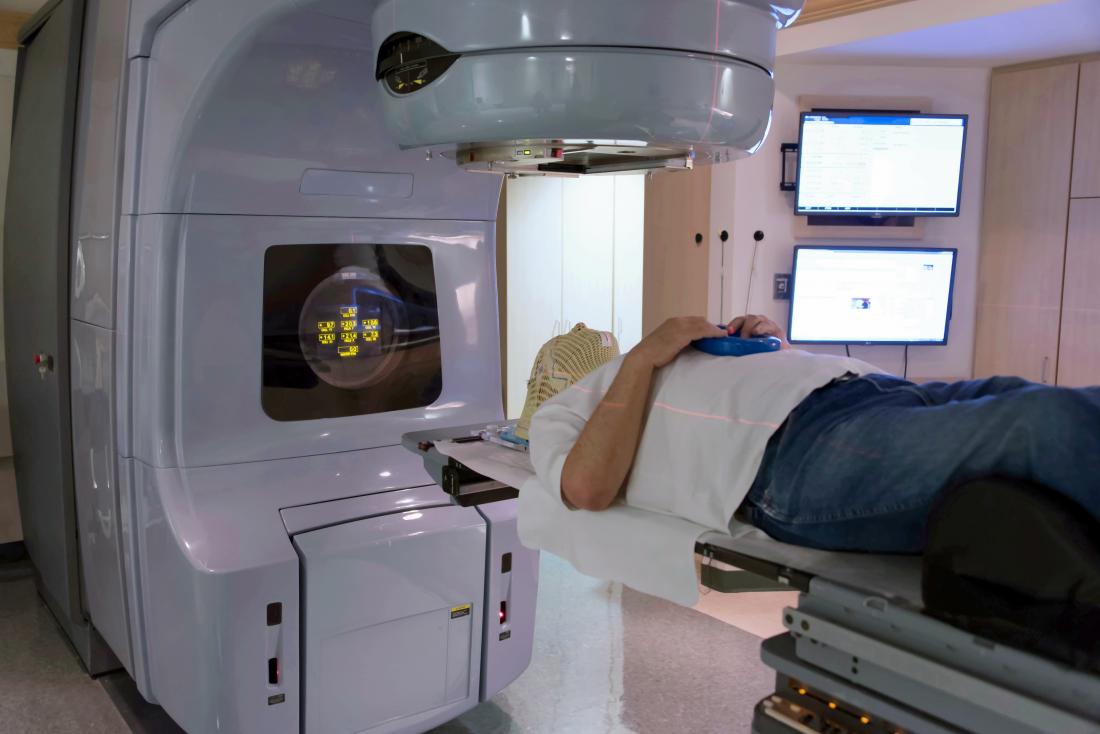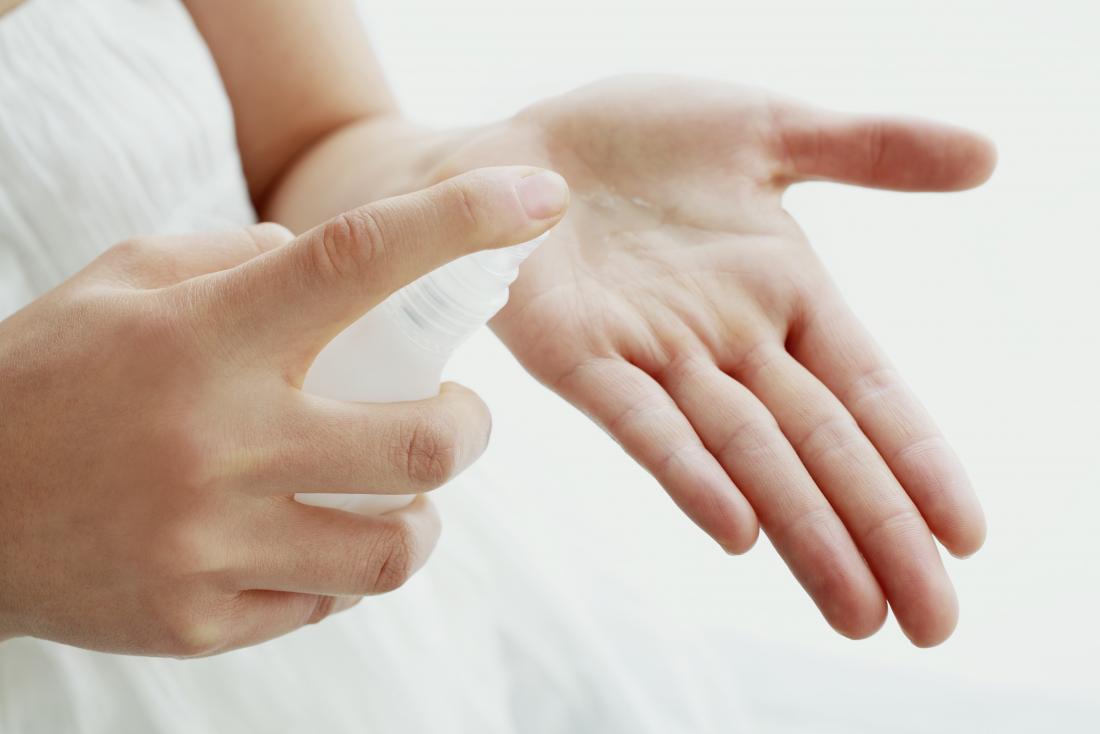Also known as radiodermatitis, it happens when radiation therapy damages the outer layers of a person’s skin.
An estimated 95 percent of people who receive radiation therapy will have some form of radiation dermatitis, including redness, skin dryness, or skin peeling.
This article will explore radiation dermatitis, including what causes it, and how people can ease the symptoms at home.
What is radiation dermatitis?

Radiotherapy may cause radiation dermatitis.
Image credit: CDC/ Robert E. Sumpter, 1967
Radiation dermatitis is a common side effect of radiotherapy, which is one of the most frequently used treatments for cancer.
Radiation dermatitis can vary in severity. Some people will experience mild redness and itchiness, while others may suffer painful, broken skin that is prone to infection.
The effects of radiation dermatitis typically arise within a few days or weeks of starting radiotherapy, depending on the dose of radiation, and a person’s skin sensitivity.
The symptoms only appear on the areas of skin that doctors had to expose to the radiation.
Symptoms of radiation dermatitis
Symptoms of radiation dermatitis include:
- skin redness or pinkness, known as erythema
- skin swelling, or edema
- dry, peeling skin, called dry desquamation
- skin that thins and weakens called moist desquamation
- blisters or skin ulcers
The severity of radiation dermatitis varies between people and radiation doses in the following grades:
- Grade 1, faint redness and skin peeling
- Grade 2, moderate redness and swelling, skin thinning in the skin folds
- Grade 3, skin thinning more than 1.5 centimeters across, not just on the skin folds, plus severe swelling
- Grade 4, death of skin cells and deep skin ulcers
Sometimes, these effects can also develop weeks or years after radiotherapy has finished. This is called radiation recall.
In severe cases, the symptoms can restrict movement in the affected limb, which can interfere with day-to-day activities. People may find it difficult to wear clothes on the sensitized areas.
Causes

Radiation therapy can destroy cancer cells.
Radiation therapy is when doctors use high-energy waves, such as X-rays, or gamma rays, to destroy or damage the cancer cells. These rays make tiny breaks in the DNA inside the cells, stopping it from growing and dividing.
During the treatment, doctors also unavoidably expose normal cells that are near the cancer cells to the radiation. This includes skin cells, and the damage causes radiation dermatitis.
In most cases, the cells will recover and return to normal after the course of radiotherapy has finished.
Risk factors
The likelihood of developing radiation dermatitis during radiotherapy depends on several things. These are called risk factors.
People have a higher chance of skin problems if they are:
- older
- malnourished
- a smoker
- have overlapping skinfolds
- have poor skin strength before radiation therapy
- obese
- undergoing chemotherapy also
- have another health condition, such as diabetes or kidney failure
Genetics also play a role, meaning some people are more susceptible to radiation dermatitis than others.
The type of radiotherapy someone has, as well as how and to which part of the body doctors deliver it, can also make a difference.
People are more likely to get radiation dermatitis if their treatment involves the following:
- high doses of radiotherapy
- radiotherapy on a large area of the body
- radiotherapy over a long period of time
Radiation to the head, neck, breast, chest wall, the vulva or near the anus is more likely to cause radiation dermatitis.
Home treatment

Gentle lotions and moisturizers may ease the symptoms of radiation dermatitis.
The American Cancer Society offer advice to people suffering from mild skin problems, during cancer treatment.
If the skin is dry, it may be red, rough and flaky, or cracked or bleeding. In this case, the organization recommend:
- putting mineral or baby oil in bath water or applying it to damp skin after a shower
- washing with cool or warm water
- avoiding any scrubbing of the skin while washing
- using an alcohol-free moisturizer twice a day
- avoiding colognes or after-shaves that contain alcohol
- using an electric razor
- drinking lots of fluids
If the skin is itchy, a number of soothing methods are worth trying. These include:
- applying calamine lotion or witch hazel
- bathing in warm water
- adding baking soda, bath oil, or a mesh bag of oatmeal to bath water
- using a mild, unscented soap
- using baking soda instead of deodorant
- avoiding alcohol-based skin products
- drinking plenty of fluids
- getting plenty of rest
It is essential for people to resist the urge to scratch itchy skin, as this can lead to sores and scarring. Calm the itch by wrapping a bag of crushed ice in a damp towel, and holding it on the itchy skin.
Other top tips include:
- keeping nails clean and short to prevent scratching
- wearing clean fabric gloves
- gently rubbing the skin instead of scratching so as not to break the surface
- wearing loose, soft clothing
Medical treatment
While people can care for mild skin irritations at home, it is important for them to speak to their cancer care team if they experience any of the following:
- itching that does not go away after 2 or more days
- very rough, painful skin
- yellowish skin
- tea-colored urine
- open or bleeding skin
- a rash that gets worse after using creams or ointments
- blisters, bright red skin, or crusts on the skin
- signs of infection, such as pus or tenderness near broken skin
If itching is stopping someone from sleeping, their healthcare team may prescribe medications to ease the sensation.
If the skin irritation is accompanied by hives, which are itchy white or red welts on the skin, shortness of breath or swelling of the throat or face, it could be an allergic reaction. This reaction requires emergency medical attention.
Outlook
Radiation dermatitis is a common side effect of radiotherapy, which can damage skin cells as it fights cancer cells. Symptoms include redness, skin peeling, and ulceration. It usually begins to resolve after treatment ends. In some cases, it can appear years after radiotherapy has finished.
People can treat the symptoms of radiation dermatitis at home using soothing skincare routines. Healthcare teams may also provide creams and other treatments.
